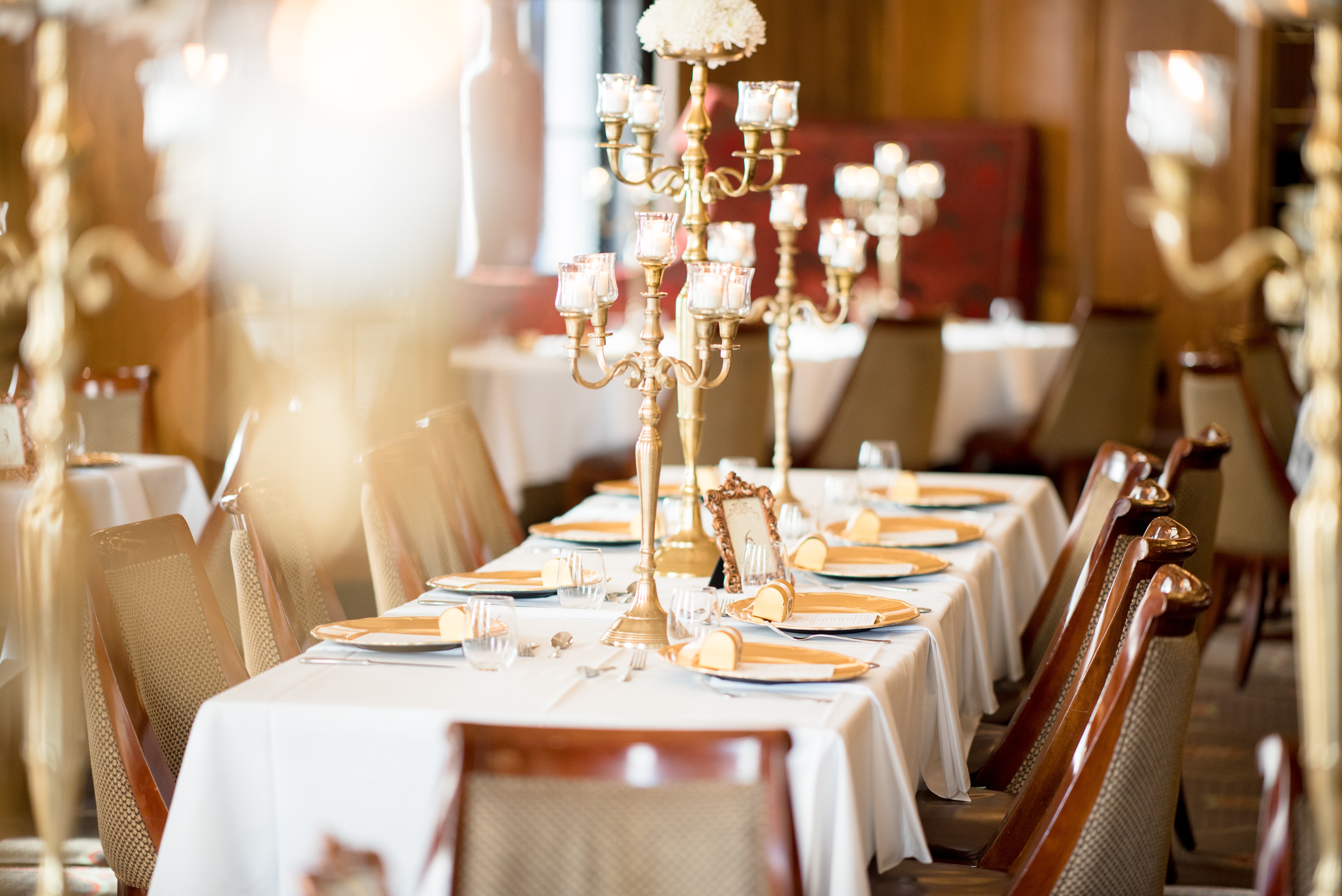For thousands of years, communities all over the world have sat down at a table to enjoy food together and although this concept hasn’t changed, the way in which we dine has. The idea of setting the table has been around for centuries but, how you set your table was, is and will always be the first impression at any dinner party; well why wouldn’t it be? We are talking about everyone’s common interest after all…food, glorious food! It’s true, the way in which you present your tables and dining area really sets the tone for the time and experience ahead. For example, less formal parties are usually marked by serving a buffet, where no table settings are required. However, a formal dining room can be dressed and laid out in a variety of ways to create just the atmosphere you desire. But where did it all begin? In this blog, we are going to take a look at the different trends and traditions of table settings to see how much has changed through the years.
It’s no overstatement to say that formal table settings are a true art form. The traditions that surround table placements and settings can be traced back to the Old Testament. Going back in time, it was known that taking the time to set proper places at the dinner table was very important. But, in the Middle Ages, typically at the dining tables of the aristocracy, all dishes would be laid out on the table at once; this was simply done so that the hosts could ‘show off’ their wealth and display just how much food and drink they were able to provide for their guests. Seating arrangements were also very significant, they were thought out and strategically chosen; if you were lucky enough to find yourself sat next to the host, this was confirmation that the dinner was in your honour. Cutlery was not too common around this period and guests would usually be provided with just a spoon. Most guests would actually bring their own cutlery to these parties, men would cut their food with their daggers and serve the women. During this time, status was a huge driver for many upper-class citizens and part of their display of wealth was holding elaborate dinner parties.
These particular traditions stuck around for many years. Around the sixteenth century, cutlery was introduced and used more frequently. Towards the end of the 1700s, the practice for dining etiquette and table settings transformed fairly dramatically from previous times. The introduction of service à la russe replaced service à la française, the serving technique that had proved extremely popular up to this point. Rather than bringing food to all guests at once, it became popular to serve guests individually, course by course. Because of this, there was a lot more room at the table, leading the way for place settings and tableware to emerge to fill out the tables and ensure the dining area looked just as appealing as it once did. Place settings and positions would be laid and food would be served by servants as and when the party were ready for each course. This way of dining has become the standard table setting etiquette of today. Place settings quickly became part of the dining decor and as time went on, the more dinner parties, the bigger and more elaborate these displays became.
Similarly to the early days, the quality and amount of centrepieces, tableware, and place settings were seen as a representation of wealth and how affluent the hosts were. This was also carried through to restaurants and hotels over time. Status was still very much at the core of society, therefore the importance of showcasing this through things such as dinner parties and table settings was a very popular tactic. In some cases, this hasn’t changed an awful lot, upper-class members of society, premium hotels and restaurants are still aiming to impress their guests and customers with impressive table displays using high-quality silverware and decor.
However, impressing with delicate tableware is not only for the elite. More recently, it has become part of modern day life to dress your table accordingly with silverware, place settings and decorative displays. Dinner parties are no longer exclusive to those of a certain status and have become a way of celebrating family, friends and traditions.
Table settings really have proved their worth over time and have come to signify a lot more than tucking into tasty meals. What once represented wealth and status, now represents whatever you want it to! You really can create the ultimate dining experience with the right table setting and decor. For many hotels and restaurants, it is one of the fundamental elements that make the business successful thanks to the experience and atmosphere it sets; and for those who enjoy hosting dinner parties themselves, it’s a fantastic way of bringing family and friends together, in the most civilized way!

